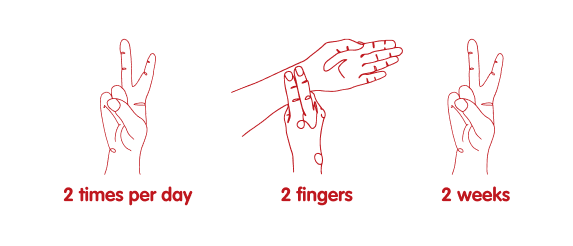Have you listened to your heart?
Keep enjoying the music of life.
Check your pulse regularly.
Keep enjoying the music of life.
Check your pulse regularly.
Today, about 526 000 people in Sweden are living with atrial fibrillation, also known as A-Fib and AF. About 399,000 have received a diagnosis, while an estimated 127,000 remain undiagnosed.
Treatments are available, however undetected atrial fibrillation is one of the most common causes of stroke. That’s why it’s important to learn more about risk factors, symptoms and how you can take the first step by checking your pulse to detect irregular heartbeats.
A first step to detecting atrial fibrillation is to check your pulse regularly.
Download our pdf, it contains a table to help you remember to check your pulse in the morning and evening. Just mark whether your pulse is regular or irregular in the chart.

If you detect an irregular pulse, you may be at risk of atrial fibrillation. Please contact your healthcare center and make an appointment with a doctor for further consultation.